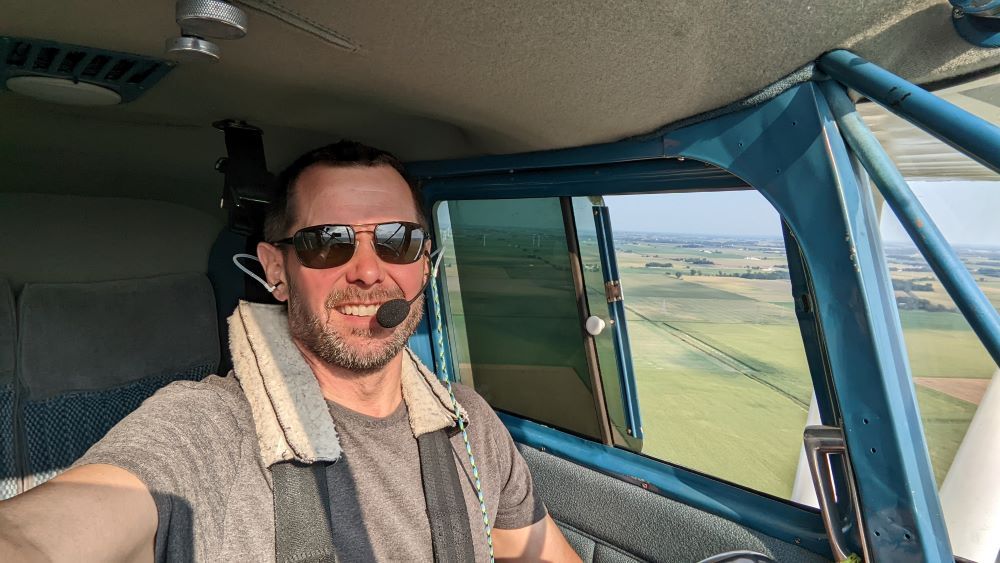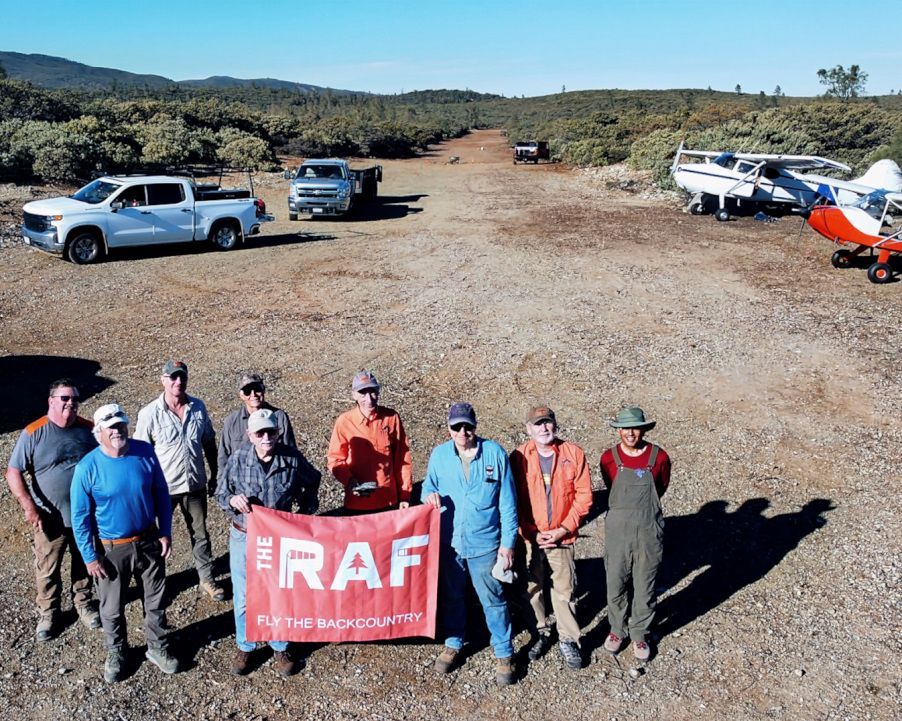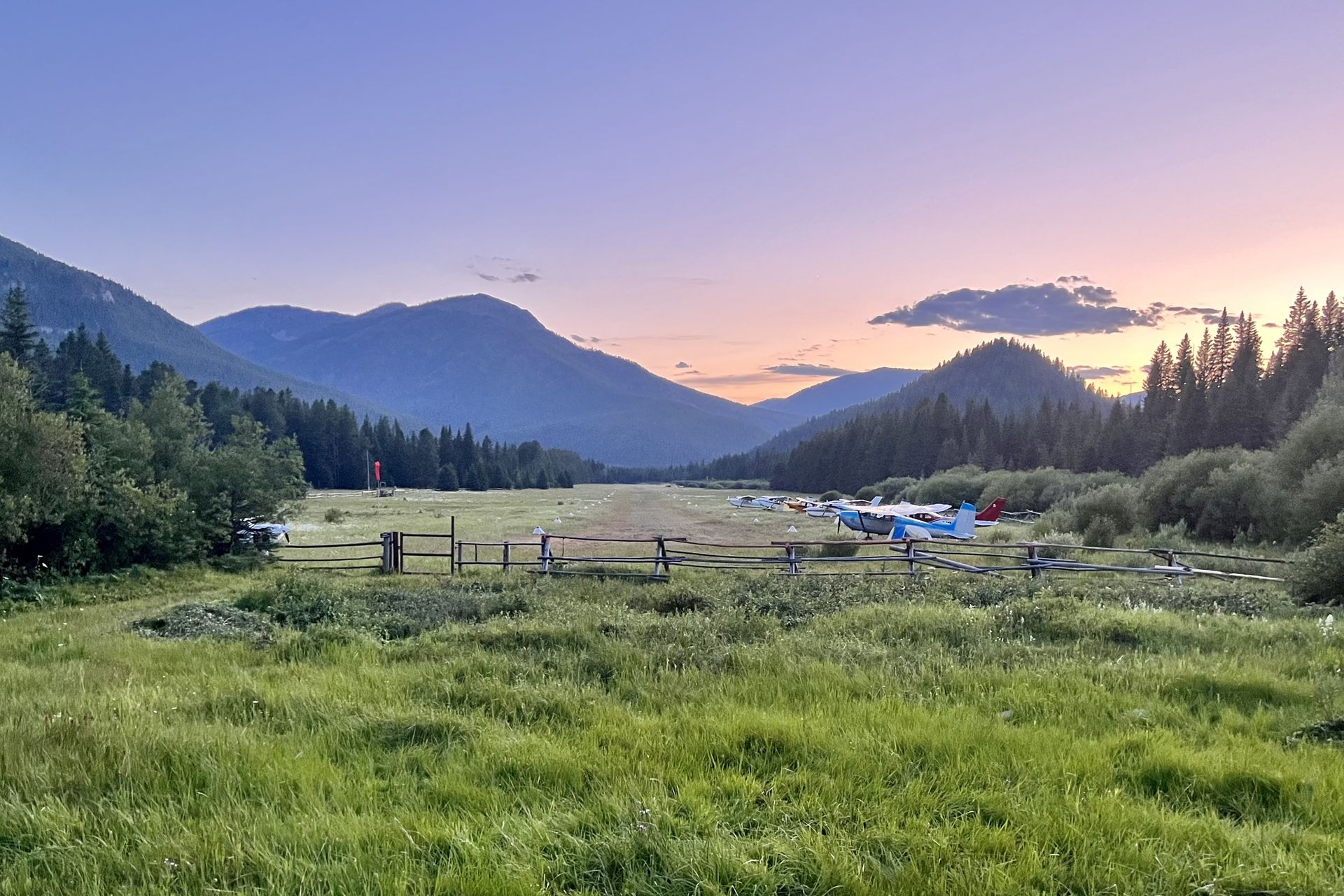The Recreational Aviation Foundation preserves, improves, and creates airstrips for recreational access.
HOW DO I JOIN?
The RAF is a 501(c)(3) non-profit organization, however, we are not a membership organization. We rely solely on donations to fulfill the RAF mission. To become an RAF supporter, click the Join Now button or click the Donate button in the website menu. To become a volunteer, click the Volunteer button to learn about volunteer opportunities.
Welcome to the RECREATIONAL AVIATION FOUNDATION
The Recreational Aviation Foundation (RAF) was founded by a group of Montana pilots who realized that the threat of recreational airstrip closure was of national concern. They also recognized that there was the need for a unified effort by pilots everywhere to protect public recreational opportunities. The RAF is dedicated to preserving existing airstrips and creating new public-use recreational airstrips throughout the United States.
Event Calendar
GET TO KNOW US
The RAF Way
Ryan Barn, MT
Trigger Gap, AR
The RAF implements its mission through these Guiding Principles:
➢ We believe that aviation is a valid form of accessing recreational resources on public and private lands.
➢ We believe in collaboration with both public and private entities to arrive at solutions that provide benefit to all parties.
➢ We value the relationships of all stakeholders – both public and private – and commit to fostering relationships based upon integrity and transparency.
➢ We believe that creation of new recreational airstrips will encourage the general aviation community to get out and recreate as well as provide more dispersed recreational opportunities.
➢ We prioritize safety - from pre-flight planning to the experiences on the ground where our planes have taken us - and consider it a lifetime commitment, rather than an isolated event.
DID YOU HEAR? RAF supporters will receive a $1,000 discount on the purchase of Hartzell Propeller's Voyager, Pathfinder, Explorer, and Trailblazer propellers through 2025. Read the Press Release!
Latest News




